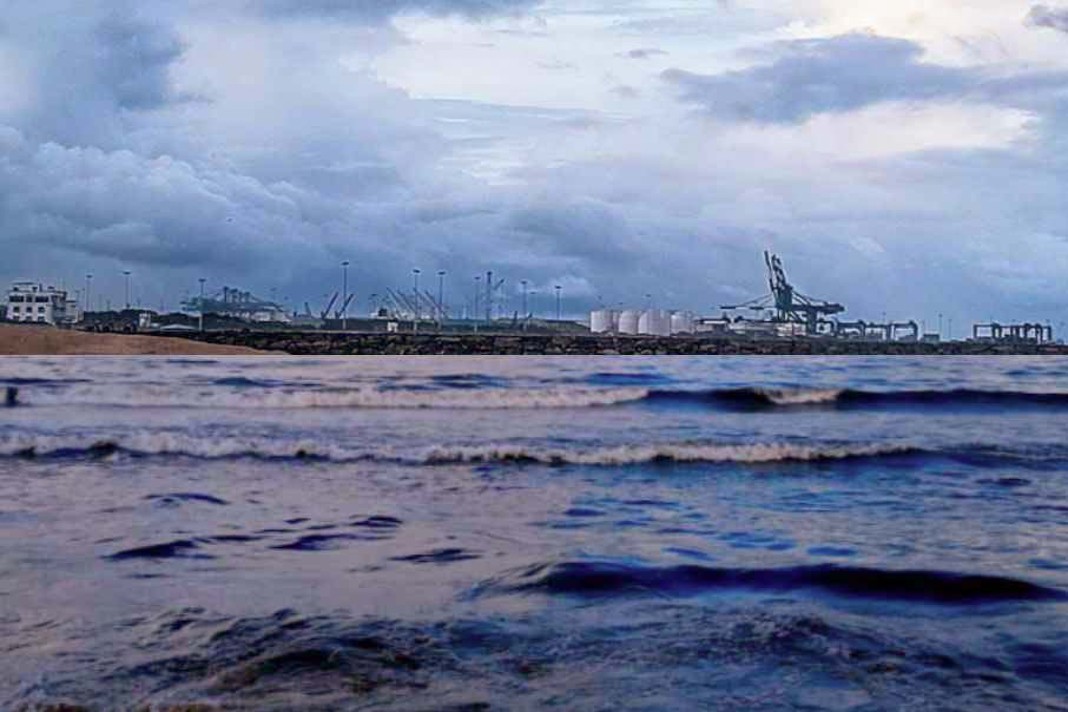
Singapore is one step closer to developing its full capability to deliver methanol bunkering at a commercial scale. Close to 1,340 metric tonnes (MT) of blended methanol was bunkered ship-to-ship on 24 May 2024 and there will be another operation for simultaneous methanol bunkering and cargo operations for a container vessel the following week. These operations will also test the use of mass flow meters (MFM) and digital bunkering, reports MPA.
Ship-to-Ship Bunkering
The blended methanol was supplied by Proman’s marketing arm, Valenz, and lifted at Vopak Penjuru Terminal, Singapore. The blended methanol is reported by Proman to deliver CO2e savings of 31% on a tank-to-wake basis compared to the same voyage operated on Very Low Sulphur Fuel Oil (VLSFO). The use of blended methanol provides a pathway fuel for ships to meet GHG emissions limits required by Fuel EU Maritime for ships trading in the European Union and European Economic Area. The lifecycle emissions accounting framework is currently being discussed at the International Maritime Organization. The Maritime and Port Authority of Singapore (MPA) expects the relevant metrics for maritime fuels, including well-to-wake, tank-to-wake, to be measurable, reportable, and verifiable, and that these should be made available and updated as more information from these operations are reviewed.
The MPA-licensed bunker tanker MT Kara meets the requirements under the IMO’s International Bulk Chemical Code for the construction and equipping of ships carrying dangerous chemicals in bulk and complies with the Standards for Port Limit Bunker Tankers. The vessel is equipped with twin screw propulsion and a bow thruster for better maneuverability. Kara is also fitted with an onboard mass flow metering system, a flow boom capable of transferring bunkering hoses between vessels, and a vapor recovery line.
In addition, for the safe handling of chemical cargoes such as methanol, the vessel is fitted with nitrogen bottles supplying nitrogen gas for the purging and blow-through of the bunker hoses. Nitrogen, given its inert and stable properties, was used to fill up the remaining vapor space once the cargo is loaded, a process known as nitrogen padding, to reduce flammability risk. Finally, the vessel is equipped with Quick Connect Quick Disconnect (QCDC) and Dry Breakaway Couplings (DBC) for both liquid and vapor hose systems, to minimize leakages and enable the quick and simple disconnection of hoses in an emergency.
MPA will study further enhancements for such tankers as part of its ongoing work to develop the methanol bunkering licensing framework and Port Limit Bunker Tanker requirements for methanol bunkering. The Technical Reference for methanol bunkering, currently being developed, will also include the framework to govern the use of MFM and digital bunkering for methanol bunkering, taking into consideration the data gathered during this and the following operation.
In preparation for the bunkering operation, the risk assessment, bunkering plan, and checklists were jointly prepared by all the parties involved to ensure a common understanding of the safety measures and emergency protocols. Clear roles and responsibilities were also established for each agency to ensure that the operations, and emergency response, were coordinated. The Emergency Operations Centre (EOC) set up at MPA’s Port Operations Control Centre monitored the operation, supported by a drone equipped with a volatile organic compound detector and an infrared camera to detect methanol leaks into the atmosphere and methanol flames in the event of an accidental leak. The methanol plume model, employed during the first methanol bunkering operation in July 2023, was updated to support the planning and incident response for this operation.
As part of the training and safety preparations for the bunkering, the crew from Kara attended the MPA-approved training course for the handling of methanol as a fuel, conducted by the Singapore Maritime Academy (SMA). The training course, one of the first in the Asia Pacific, was launched in April 2024 and covers the operational and safety aspects of methanol bunkering operations. The course curriculum was developed by SMA according to the standards and requirements set by MPA, taking on board the lessons learned and best practices from the first methanol bunkering operation conducted in Singapore in July 2023. This is part of the operationalization of the Maritime Energy Training Facility Initiative announced at the 2024 Singapore Maritime Week.
Did you subscribe to our daily Newsletter?
It’s Free! Click here to Subscribe
Source: MPA





















